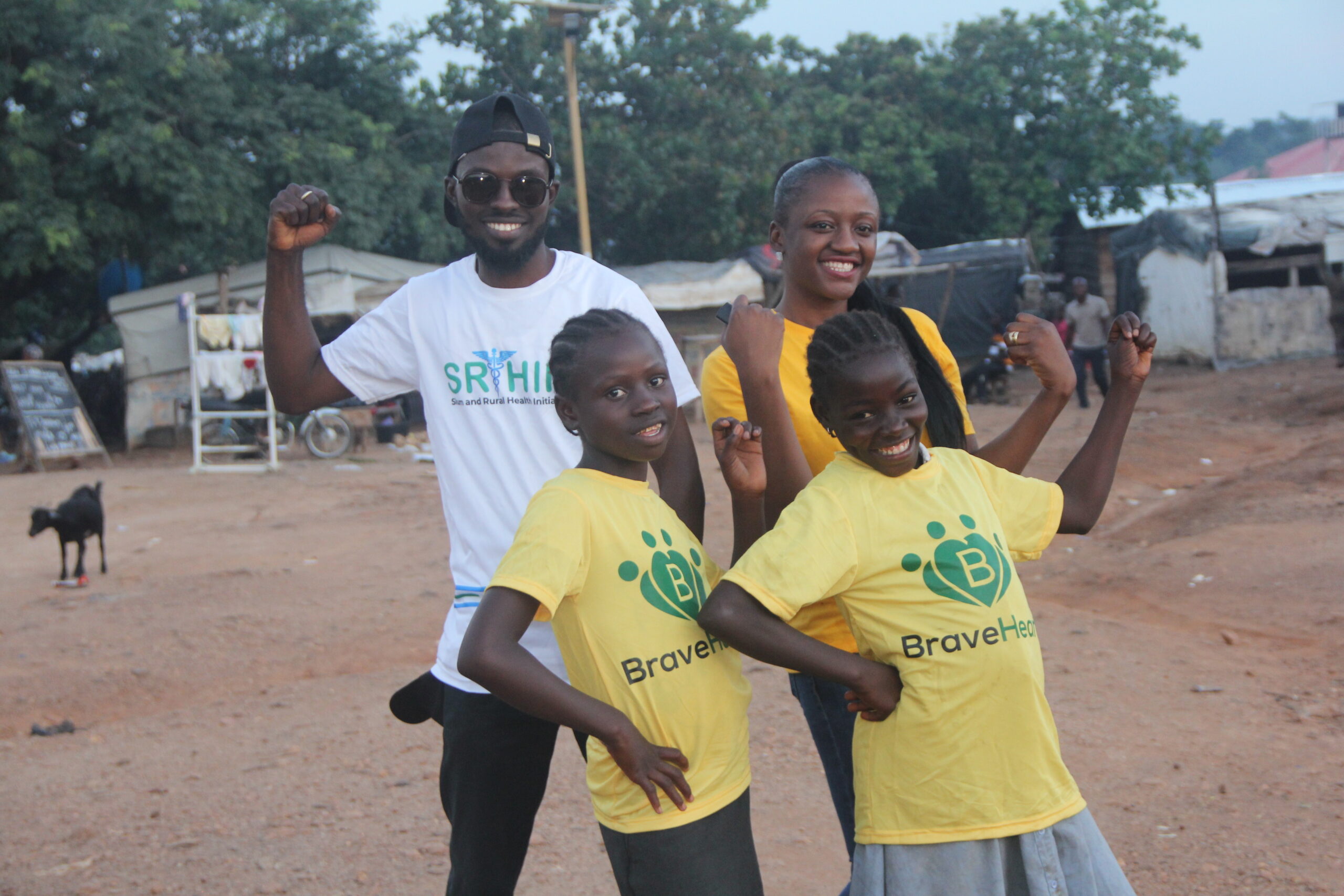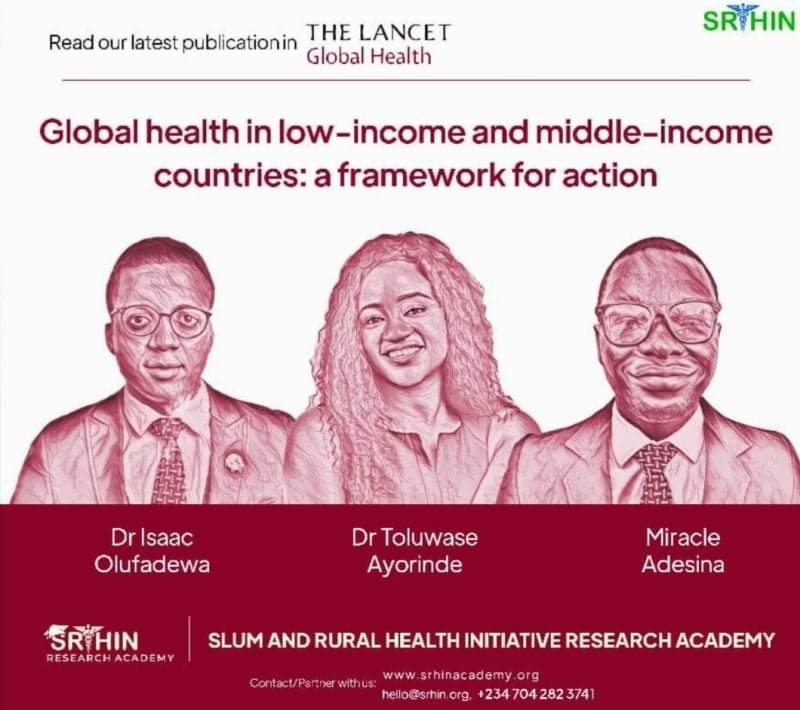What is Monkeypox?
Monkeypox is an uncommon disease usually caused by the monkeypox virus. This virus belongs to the orthopoxvirus genus in the Poxviridae family.
Where did Monkeypox come from?
Monkeypox was first discovered in the year 1958 in Denmark. There were two outbreaks of a pox-like disease in the colonies of monkeys kept for research, hence the name ‘monkeypox’.
What is the History of Monkeypox in the Human Race?
The first human case of monkeypox was recorded in the Democratic Republic of Congo in 1979, while they were working intensely to eradicate smallpox. Since then, there has been an occurrence of monkeypox in a couple of African countries.
However, when monkeypox was reported outside Africa, it was linked to international travel.
What are the Signs and Symptoms of Monkeypox?
It takes between 5 to 21 days after infection for symptoms to manifest. The following are the signs and symptoms of monkeypox; fever, headache, muscle pain, lack of energy, chills, back pain, and swelling of the lymph nodes. The swelling of the lymph node is the symptom that differentiates monkeypox from smallpox.
However, the infection can still be transmitted from already infected persons, before these symptoms manifest.
How Does Monkeypox Spread?
Monkeypox virus spreads when a person comes in contact with an infected person, animal, and sometimes materials.
Human Transmission
The virus can be spread from human to human when a person comes in contact with an infected person’s body fluid, sores, respiratory secretions, and materials that have come in contact with the infected person. It can also be spread through kissing, cuddling, and other activities around sex.
Animal Transmission
The virus can be spared from infected animals to people when an infected animal bites a person. It can also be spread when there is contact with the products of an infected animal or when one oversees wild animals.
How can Monkeypox be Prevented?
The infection can be prevented by avoiding contact with the infection through
- Avoid contact with the sick person or animal and their dead bodies, especially in areas where there is an outbreak.
- Avoid contact with sick person’s or animals’ belongings, especially wears, bedspreads, and anything used during the infection.
- Always use Personal Protective Equipment (PPE) when in close range with an infected person
- As soon as symptoms manifest, the infected person should be isolated and people who have had contact should also be isolated to avoid further spread.
- Always wash and sanitize your hands after contacting an infected person.
Who are those at high risk and can experience complications?
- Children under the age of 10
- Pregnant and breastfeeding mothers
- Persons with severe disease
- Persons with secondary infection (their immune systems are already weak to fight the disease as a healthy person would have)
Is Monkeypox Treatable?
As of the time of publishing, monkeypox doesn’t have a specific treatment. However, the antiviral drugs used in treating smallpox have been proven to be effective. Each symptom is also treated and patients are kept under close monitoring.
Can Monkeypox Become Another Pandemic?
In an interview with the World Health Organisation (WHO) technical director for monkeypox, Rosamund Lewis said ‘We don’t know, but we don’t think so’. However, WHO has advised everyone to be vigilant even though they see no need to restrict travel or initiate a vaccination program yet.
Monkeypox has been controllable because the infection doesn’t spread through the air.



